Understanding your options
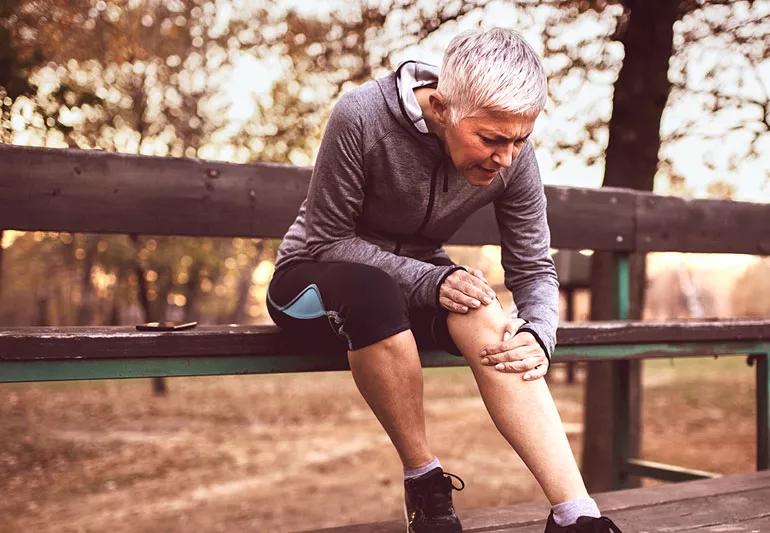
While there’s no cure for knee osteoarthritis, a combination of strategies can help relieve your pain and keep you active.
Advertisement
Cleveland Clinic is a non-profit academic medical center. Advertising on our site helps support our mission. We do not endorse non-Cleveland Clinic products or services. Policy
Although the cornerstones of treatment are exercise and physical therapy — and pain medications and steroid injections are also options — you can also try knee braces, shoe inserts or simply wearing more supportive shoes.
“Knee braces can be helpful for managing your pain,” says physical therapist Dawn Lorring, PT, MPT. “The location and severity of your symptoms will drive which brace works best for you.”
Osteoarthritis is caused by the breakdown of cartilage (that’s the cushioning material that covers the ends of bones in joints.) This causes pain and stiffness.
In the knee joint, arthritis can occur at any of three points where the bones come in contact:
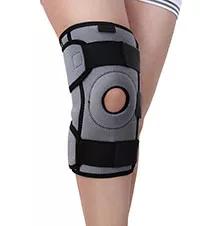
Sleeve braces. People who have mild pain or stiffness that limits their activities can try a sleeve-type brace. These provide compression, which can reduce swelling and warm the joint. This might relieve the stiffness.
These braces also provide added support. “If your knee feels unsteady or wobbly, a compression-type brace can be helpful, Lorring says. Some of them have plastic stays or a hinge on the side, which provides a little more support. She recommends getting one that has an opening at the knee cap.
Sleeve braces aren’t covered by insurance, but they are relatively inexpensive, ranging from $10 to 100.
Advertisement

Web brace. A more advanced brace is a sleeve with silicone webbing over the front. As you bend and straighten your knee, the webbing tightens in certain areas. This provides extra support to the knee.
A regular sleeve brace provides compression all over. “The brace with the webbing also provides guidance for how the knee cap moves,” Lorring says.
This type of brace might be the most helpful for someone with osteoarthritis beneath the knee cap. A web brace costs about $100.
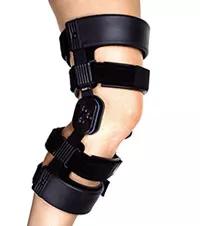
Unloader brace. When arthritic changes are between the femur and tibia, a device called an unloader knee brace may help, especially if one side is more arthritic than the other. These have a metal band that goes around the thigh and another one around the calf, connected by a hinged bar. This creates a frame that can be adjusted to shift pressure (unload) from one side of the knee to the other.
“If the inside of your knee hurts, the brace can be adjusted to put more force on the outside of your knee, unloading weight off the inside,” Lorring explains.
These are less beneficial if your arthritis symptoms are similar on both the inside and outside of the joint.
Unloader knee braces are expensive ($500 to $1,000), but they can be covered by insurance. You’ll need a doctor’s prescription and documentation that it is medically necessary.
Shoes and inserts. Various foot problems (like high arches or flat feet) or just the particular way you walk can affect the alignment of your body. That might be putting more pressure on your knee joints. You may get some relief by choosing better shoes or wearing shoe inserts (also called orthotics).
Because everyone is different, there’s no universal advice for shoes or inserts. Lorring recommends consulting a physical therapist or an expert in foot mechanics who can observe how you walk and help you pick out shoes or shoe inserts that match your needs. “I encourage people to look at running shoes because there are more support options,” she says.
“The goal with orthotics is to make sure your foot is moving in the best way it can so your knee isn’t getting more force than it should,” Lorring says. There are a wide variety of shoe inserts and heel wedges that you can buy in a drug store or online. You can also get them custom made or save some money and get semi-custom ones. Like with shoes, you need to get inserts and wedges that are specific to your needs.
“You can have an insert that doesn’t add much arch support but it adds cushion, which can be beneficial if you walk on the outside of your foot,” Lorring says. “However, if your foot rolls inward too much, you may need more arch support.”
Advertisement
You can get heel wedges that are sloped in one direction or the other, which is similar to the action of an unloader brace. It shifts pressure from one side of the knee to the other.
“Ultimately, you have to find what works for you,” Lorring says.
This article originally appeared in Cleveland Clinic Arthritis Advisor.
Advertisement
Learn more about our editorial process.
Advertisement

Work on building strength and flexibility to keep the joints moving
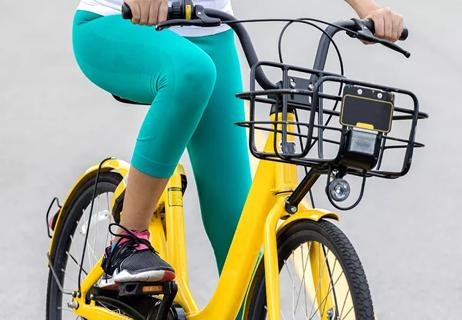
Build your body's 'natural knee brace'

The simple and inexpensive band is a proven way to ease your knee pain
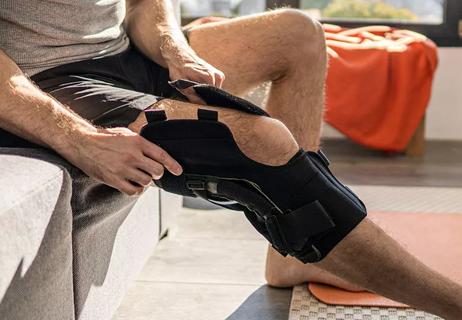
Athletic trainer answers your brace-cleaning questions

Most recommended precautions center around minimizing bruising or swelling

Even one drink can have an impact on your cognitive function leading to slurred speech, blurred vision and impaired memory

Type 2 diabetes isn’t inevitable with these dietary changes

Applying a hot or cold compress can help with pain